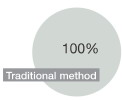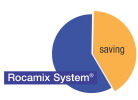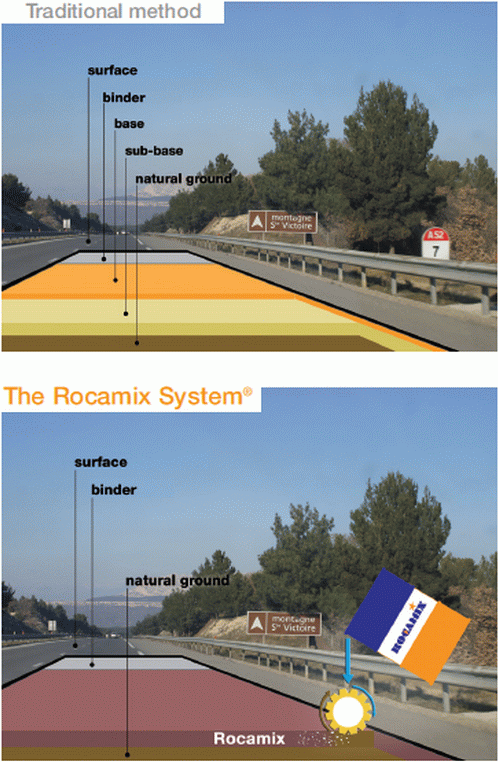The Cost of the Rocamix System
ROCAMIX, for profit, for perfect
Explanations |
||||||||||||||||||||||||||||||||||||||
¿Why Rocamix has cost 25% and even 65% less? The Price in calculating the use of system depends on the answer to these questions.
The answer to the question 1 and 2 are easily obtains and like that we can have a indication... Now we should analyses another factor as well 3 to obtain the real cost comparable Rocamix System with other work done with a traditional cost.
Considering the use of the Rocamix System doesn’t need maintenance or rehabilitation in at least 15 or 20 years – see the chapter Rocamix System Guarantee – we must compare a work made with traditional methods , and if it had need maintenance or rehabilitation during the years . It means that we must do the math to k now the real cost of the Rocamix System Against a more traditional or convectional work .
The Rocamix Price is Always less Expensive to a 25% or to even a 65% if we compare both prices. Determinate the cost of the Rocamix System is determinate the concentration need it in the product. The second parameter is the thickness determination of the treated soil .
They are the geometric conditions of the structural packet, that it comes from the
They are the geometric conditions of the structural packet, calculate because it future use, and they determine the thickness of the treatment.
The soil Lab trial using the Rocamix System with it different quantities trails.
|
||||||||||||||||||||||||||||||||||||||










